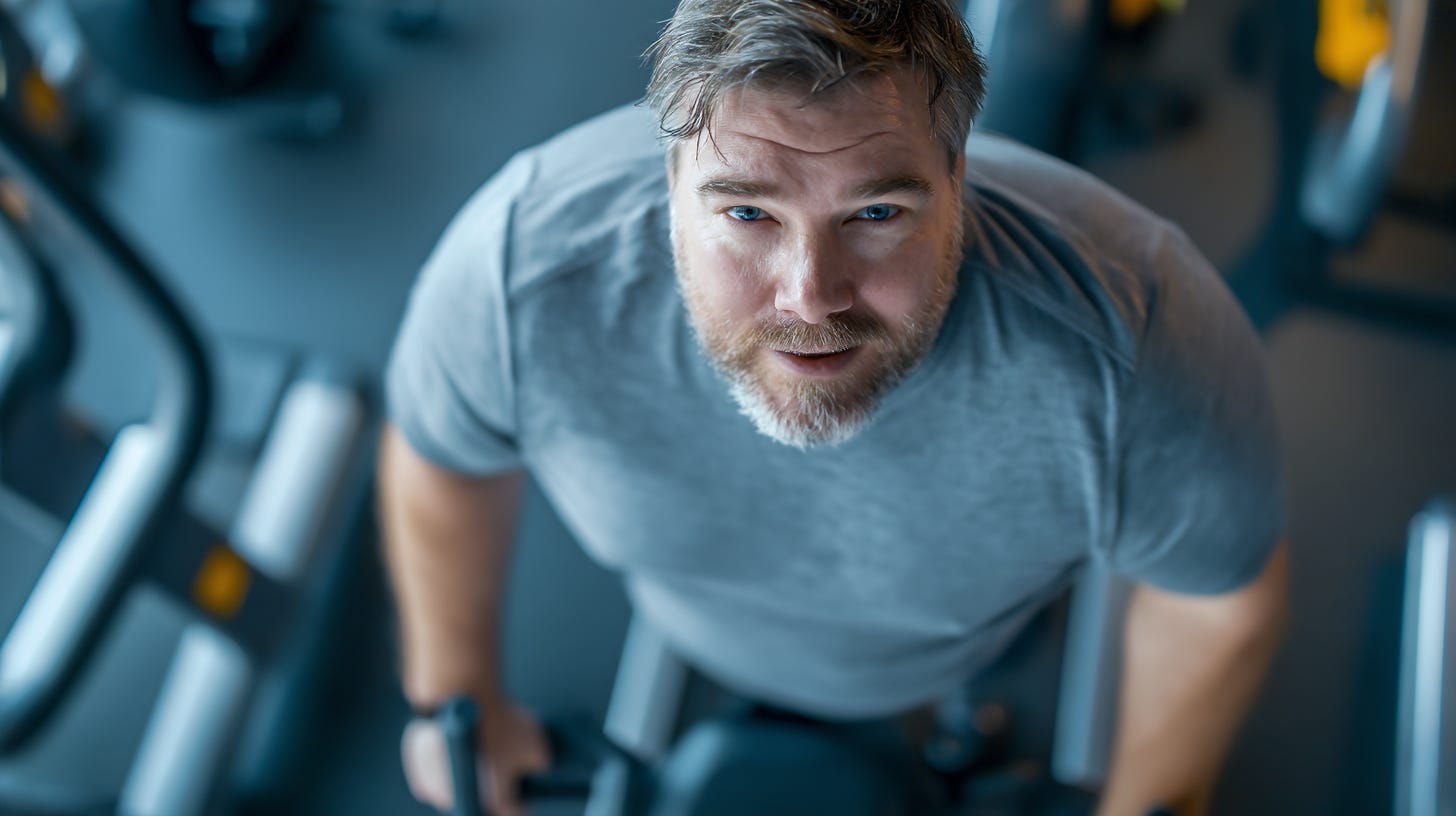Cardio Before Or After Lifting in the Same Session?
A 12-week randomised controlled trial.
This study investigated how the sequence of concurrent training—resistance training (RT) followed by endurance training (ET) versus ET followed by RT—affects physical activity, body composition, and fitness in obese young males over 12 weeks.
PMID: 40040838
Key Points
Aim
Obesity is a growing global health issue linked to many chronic diseases. Exercise, particularly combining aerobic endurance (ET) and resistance training (RT) known as concurrent training (CT), is effective for managing obesity. However, the impact of the order of these exercises on outcomes like body fat, muscle strength, and bone density is unclear. The researchers set out to clarify how exercise sequence influences these factors and whether changes in physical activity (PA) levels impact fat loss in obese young men.
Methods
Participants: 45 obese young males (average age ~22.4 years, BMI ~29.8), randomly assigned to three groups:
CRE: RT followed by ET
CER: ET followed by RT
Control: no intervention
Intervention: 12 weeks, 3 sessions per week, each 60 minutes.
Measurements: Physical activity (via sports watch), body composition (using dual-energy X-ray absorptiometry), bone density, VO2max (cardiorespiratory fitness), and muscle strength assessed before and after intervention.
Results
Both CRE and CER groups significantly improved compared to baseline and control in physical activity, body composition, bone density, VO2max, and muscle strength.
The CRE group (RT then ET) showed superior improvements:
Increased moderate-to-vigorous physical activity (MVPA)
Decreased fat mass, body fat percentage, android and gynoid fat percentages
Enhanced maximum strength, explosive strength, and muscular endurance
Changes in physical activity levels during the intervention influenced how effectively body fat percentage was reduced.











